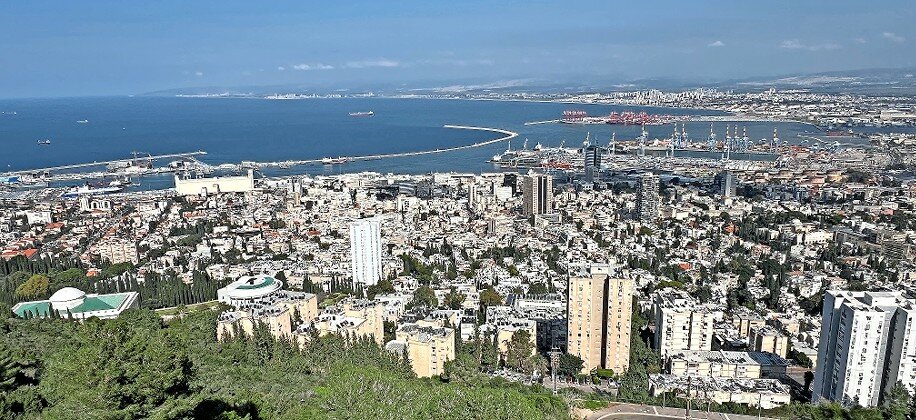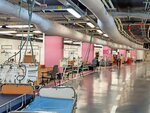Haifa hospital goes deep to prepares for the worst
HAIFA — The rows of hospital beds with adjacent oxygen units line the underground parking lot.
Four operating rooms, a maternity ward and a dialysis center are among the facilities that Haifa’s Rambam Health Care Campus has set up three levels down in its parking garage.
The largest hospital in northern Israel has created the biggest underground hospital in the world in anticipation of what could be an all-out war against Hezbollah in Lebanon.
The three-floor, $140 million Sammy Ofer Fortified Underground Emergency Hospital was constructed following the Second Lebanon War with the terrorist organization in 2006, when the Iranian proxy fired about 70 missiles on this northern port city over a month, shaking the hospital in an era before the Iron Dome aerial-defense system was in place.
“We made a commitment that this scenario cannot happen again,” recalled hospital director Professor Michael Halberthal during a tour of the facility on Sunday.
The 2,000-plus bed underground emergency hospital is essentially a 1,500-car garage that has been seamlessly converted into a fortified hospital for warfare, and which can be put in full use within eight hours.
Two decades after the last major war with Hezbollah, the Shi’ite terrorist group has been raining down missiles on Israel almost daily since the Oct. 7 Hamas massacre. Hezbollah has a missile stockpile experts estimate at 150,000 projectiles capable of striking virtually the entire country — and Haifa is the major Israeli city closest to Hezbollah’s base in southern Lebanon.
Halberthal said that the Israeli military assessment for an all-out war is that Hezbollah would fire a missile at Haifa every four minutes for 60 days, leading to thousands of casualties.
“We wanted peace of mind so we can continue to work, and to reduce exposure time if there is a sudden missile attack on northern Israel,” he said.
The facility, which was based on a model in Singapore, received 30% funding from the state, with the remainder financed by Jewish and Christian philanthropists and charities.
One of its three 5-acre floors has been cleared of cars these last 10 months and put on standby, even as above ground the hospital has treated hundreds of casualties from the war, including the Druze children wounded in the Golan Heights attack.
Restrooms, showers and even a daycare area in the underground facility can fit 8,000 people at full capacity, with electricity, water, oxygen, food and gas to make the facility self-sufficient for several days of warfare, the hospital director said.
“There is no panic but citizens are concerned,” said Tal Siboni, head of the Haifa Municipality’s emergency call center, which since Oct. 7 has been operating in an underground bunker. “The phones are not ringing off the hook but we are prepared.”
This city of 300,000 residents, 12% of whom are Arabs, is, like many other Israeli communities these last 10 months, on edge.
About 60,000 Israelis have been evacuated from their homes in northern Israel following the attacks from Lebanon, with some relocating to Haifa.
“We are the target,” HaifaMayor Yona Yahav said. “[Hezbollah leader Hassan] Nasrallah says it openly.”









